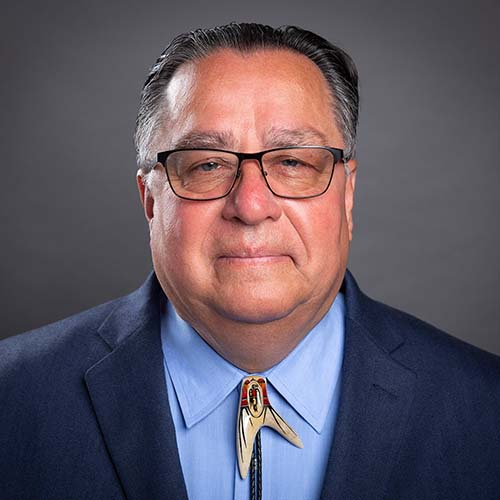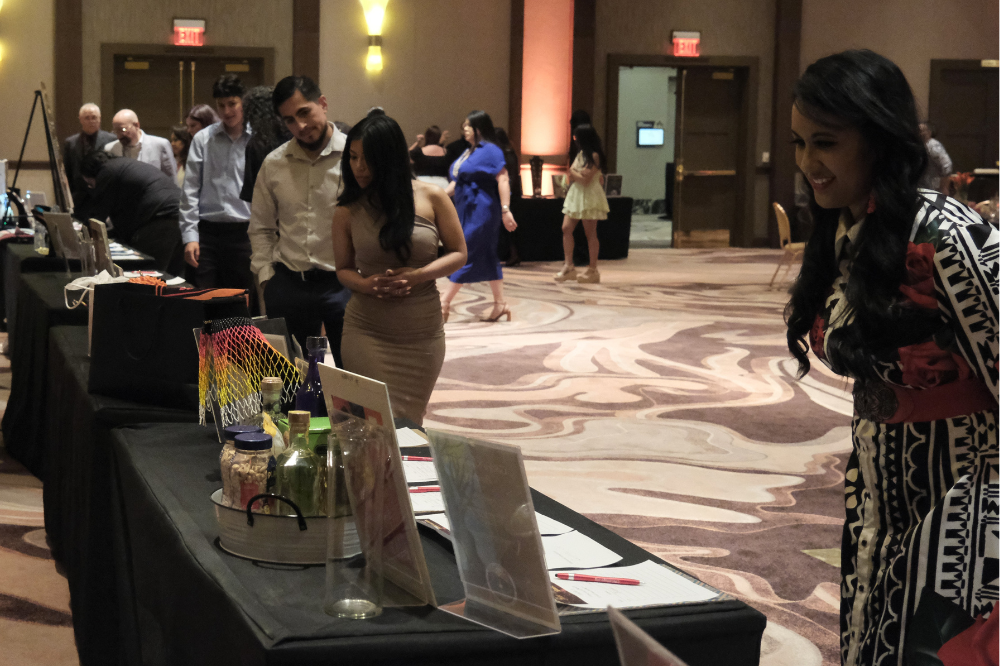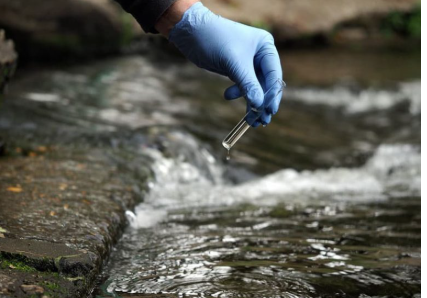Guest Opinion. As both Chairperson of the Lytton Rancheria and Chairman of the Sonoma County Indian Health Project, I carry a dual responsibility—one to uphold our sovereign Tribal nation’s future and another to protect the health and well-being of Native families across Sonoma County. Today, I am compelled to speak out because Congress is on the brink of breaking a promise—one that could have deadly consequences.
Proposed Medicaid cuts, cloaked in budget language and political spin, would devastate Tribal and rural communities like ours. For many Native people, Medicaid—known as Medi-Cal in California—is not simply a program. It is a tool of justice. A modern-day treaty obligation. One of the few working mechanisms through which the federal government begins to make good on its commitment to provide healthcare to Native Americans.
That commitment is not upheld through Medicaid alone. It must be matched by robust, full funding of the Indian Health Service (IHS), which has long been chronically underfunded. IHS and Medicaid are two sides of the same coin—neither can fulfill the federal trust obligation without the other.
To walk that back now would not just be negligent—it would be a betrayal.
At Sonoma County Indian Health Project, Medi-Cal allows us to serve families who have faced generations of systemic neglect. It provides access to preventive screenings, maternal care, chronic disease treatment, and culturally rooted behavioral health services. For our elders, Medi-Cal brings dignity. For our youth, it brings hope. For many, it is the only way they see a doctor all year.
I think of the young Native father who came to our clinic after delaying care for years, only to discover advanced diabetes. Because of Medi-Cal, we were able to intervene, connect him to specialists, and keep him in his children’s lives. I think of the elder who receives dialysis without worrying how she will afford her next meal. And I think of the Native teen who, through Medi-Cal-funded therapy, is finally speaking openly about trauma that has haunted her family for generations.
These are not anecdotes. They are a reflection of the reality faced by Indigenous people who, despite our resilience, continue to rank among the most underserved in America’s healthcare system.
Our communities already suffer from higher rates of heart disease, diabetes, substance use, and suicide. We are more likely to live in healthcare deserts, with limited transportation, language barriers, and historical trauma that makes trust in care systems hard-earned. Medicaid helps bridge those gaps. Take that away, and the gap becomes a chasm.
Let us be clear: cutting Medicaid will not reduce the need for care—it will only reduce access to it. It will force Tribal health centers to ration services, delay care, and make impossible choices. And the consequences will ripple across generations.
Some argue this is about fiscal restraint. But ignoring chronic conditions until they become catastrophic is not frugal—it is foolish. Diverting patients from community care to overcrowded emergency rooms is not efficient—it is expensive. And stripping care from Native communities is not neutral—it is deeply unjust.
Likewise, IHS cannot continue to be funded at levels far below need. True healthcare equity for Native people will only come when Medicaid and IHS are both fully resourced and treated as the obligations—not options—that they are.
Congress must remember that Tribal nations are not interest groups. We are sovereign governments with a long history of being promised healthcare in exchange for land, resources, and peace. Medicaid, though not perfect, is part of how that promise is upheld in today’s world. IHS is another. Both must be protected.
I urge our federal representatives—especially those who claim to stand with Indian Country—to reject these cuts. Come visit our clinics. Listen to the stories. Understand what is at stake.
This is not just a debate over budget lines—it is a decision about whose lives matter. For Native communities, Medicaid is not charity. It is a lifeline. And so is IHS. And Washington must not let go.
Andy Mejía is the chairperson of the Lytton Rancheria and chairman of the Sonoma County Indian Health Project.
Help us tell the stories that could save Native languages and food traditions
At a critical moment for Indian Country, Native News Online is embarking on our most ambitious reporting project yet: "Cultivating Culture," a three-year investigation into two forces shaping Native community survival—food sovereignty and language revitalization.
The devastating impact of COVID-19 accelerated the loss of Native elders and with them, irreplaceable cultural knowledge. Yet across tribal communities, innovative leaders are fighting back, reclaiming traditional food systems and breathing new life into Native languages. These aren't just cultural preservation efforts—they're powerful pathways to community health, healing, and resilience.
Our dedicated reporting team will spend three years documenting these stories through on-the-ground reporting in 18 tribal communities, producing over 200 in-depth stories, 18 podcast episodes, and multimedia content that amplifies Indigenous voices. We'll show policymakers, funders, and allies how cultural restoration directly impacts physical and mental wellness while celebrating successful models of sovereignty and self-determination.
This isn't corporate media parachuting into Indian Country for a quick story. This is sustained, relationship-based journalism by Native reporters who understand these communities. It's "Warrior Journalism"—fearless reporting that serves the 5.5 million readers who depend on us for news that mainstream media often ignores.
We need your help right now. While we've secured partial funding, we're still $450,000 short of our three-year budget. Our immediate goal is $25,000 this month to keep this critical work moving forward—funding reporter salaries, travel to remote communities, photography, and the deep reporting these stories deserve.
Every dollar directly supports Indigenous journalists telling Indigenous stories. Whether it's $5 or $50, your contribution ensures these vital narratives of resilience, innovation, and hope don't disappear into silence.
 The stakes couldn't be higher. Native languages are being lost at an alarming rate. Food insecurity plagues many tribal communities. But solutions are emerging, and these stories need to be told.
The stakes couldn't be higher. Native languages are being lost at an alarming rate. Food insecurity plagues many tribal communities. But solutions are emerging, and these stories need to be told.
Support independent Native journalism. Fund the stories that matter.
Levi Rickert (Potawatomi), Editor & Publisher
















